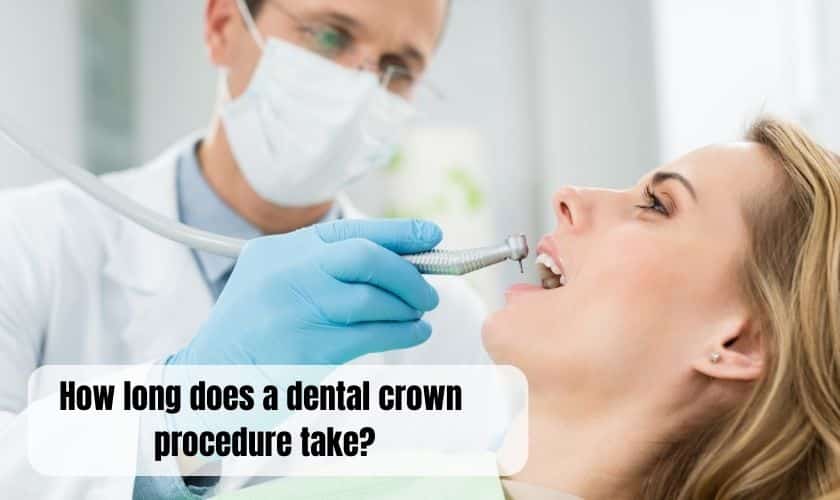
Are you noticing a gap between your dental crown and the tooth next to it? It’s natural to be concerned when you notice this unexpected occurrence. Fortunately, there are options for addressing the situation and restoring the dental crown to its original appearance. This article will explain what may have caused the gap behind dental crowns, potential solutions, and how to prevent this from happening.
What Causes A Gap Behind a Dental Crown?
The dental crown is designed to fit snugly over existing teeth, but several factors may cause a gap or space between dental crowns and surrounding teeth. Some of the most common causes include:
Poor Crown Fit and Placement
One of the most common causes of gaps in restorations is poor fit or placement. If a restoration is not properly designed or installed, it may be too large or have an uneven fit. This can lead to a gap between the restoration and the surrounding teeth.
Gum Tissue Recession
Gum recession is when the gum tissue surrounding your teeth begins to pull away. This can cause dental crowns to move slightly, causing a gap between the dental crown and the adjacent tooth.
Residual Decay
If dental decay is near the dental crown, residual decay may be left behind. This can cause dental crowns to move slightly and create gaps between dental crowns and surrounding teeth.
How To Fix A Gap Behind Dental Crowns
When you notice a gap between your dental crown and the adjacent tooth, you must visit your dental professional as soon as possible. They can determine the cause and recommend a treatment plan to correct the issue. Some of the most common solutions for dental crown gaps include:
Refitting The Crown
If your restoration was improperly fitted, your dentist might be able to readjust it. This involves making adjustments to ensure a secure fit over your tooth.
Replacing The Crown
If the restoration is too large or has reached the end of its lifespan, your dentist may recommend replacing it. This will help restore a secure fit and return your restoration to its original appearance.
Addressing Underlying Decay
If dental decay causes the dental crown to move, your dentist must address the underlying issue. This may involve a dental filling or root canal procedure.
How To Prevent Gaps Behind Dental Crowns
Fortunately, there are steps you can take to prevent gaps in your teeth. Some of the most effective methods include:
Visit Your Dentist Regularly
Regular dental visits can help detect dental problems early on and prevent dental crowns from becoming loose or shifting. Be sure to visit your dentist twice a year and report any changes in your dental health.
Practice Good Oral Hygiene
Maintaining good dental hygiene can help reduce dental decay and ensure that dental crowns remain secure. Be sure to brush your teeth twice a day and floss regularly.
Avoid Chewing On Hard Objects
Chewing on hard objects such as ice or hard candy can put unnecessary pressure on dental crowns and cause them to become loose or shift. Be sure to only chew on soft foods that won’t damage your dental crowns.
Gaps behind restorations are not uncommon, but they should be addressed as soon as possible. Fortunately, you can take steps to prevent gaps in your teeth and maintain your dental health. Follow the tips outlined above and visit your dental professional regularly for checkups.
FAQs
A: Poor crown fit and placement, gum tissue recession, and residual decay are the most common causes of dental crown gaps.
A: Visit your dental professional regularly, practice good oral hygiene, and avoid chewing on hard objects to secure dental crowns.
A: Dental professionals can often refit dental crowns, replace them, or address underlying dental decay to correct dental crown gaps.





